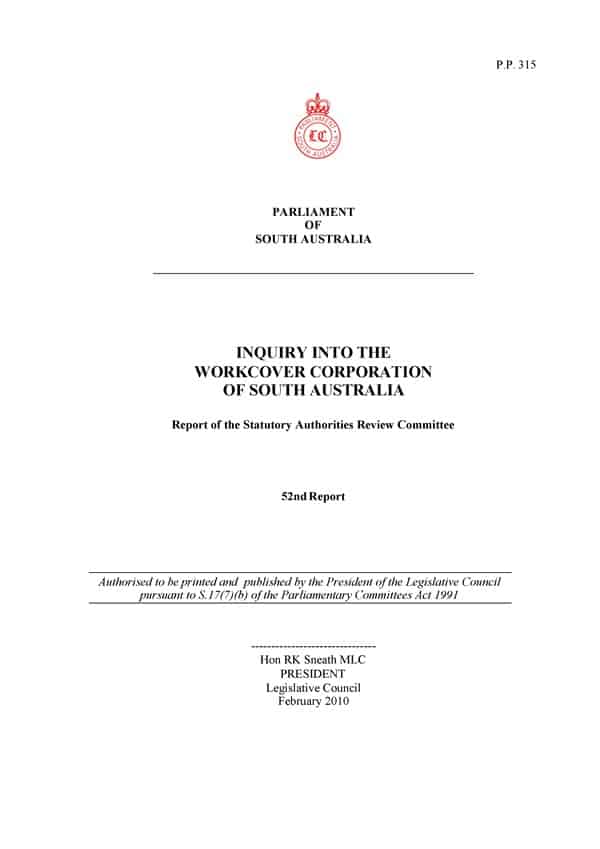All workplace incidents result from a combination of actions and circumstances that come together at a specific point in time that can result in injury or damage. WorkSafe Victoria reported on 17 February 2010 about a company that was successfully prosecuted, and fined $A60,000, after a worker had his foot crushed under a forklift. The worker’s foot was later amputated.
Below is a summary of the incident taken from a WorkSafe media release (not yet available online):
“A Kilsyth company was convicted and fined $60,000 on Monday after a forklift driven by a 22-year-old man tipped over, crushing his foot which was later amputated.
The worker was not licensed to drive a forklift – nor was he wearing a seatbelt when the forklift tipped in December 2008. Continue reading “Forklift incident leads to amputated foot and $60,000 fine”


